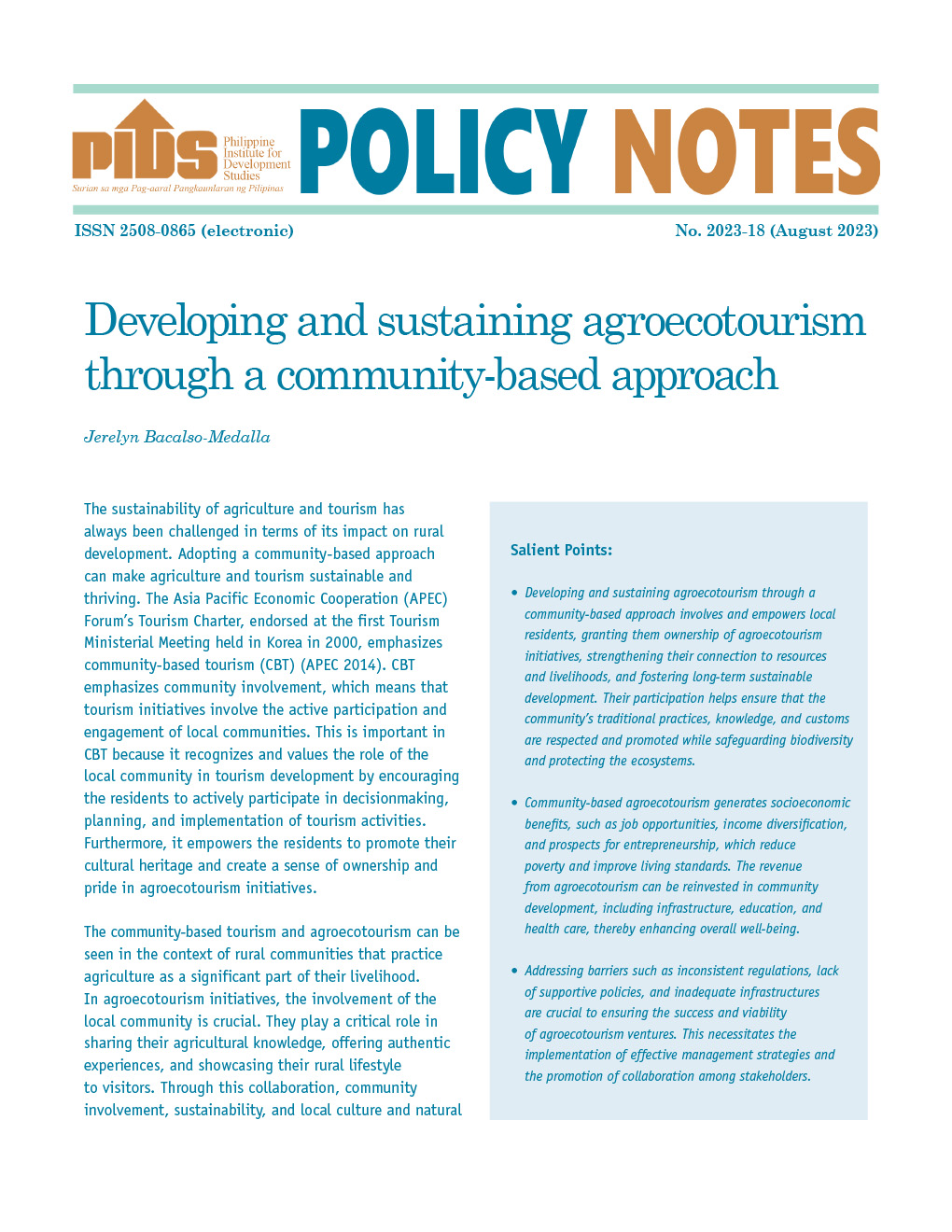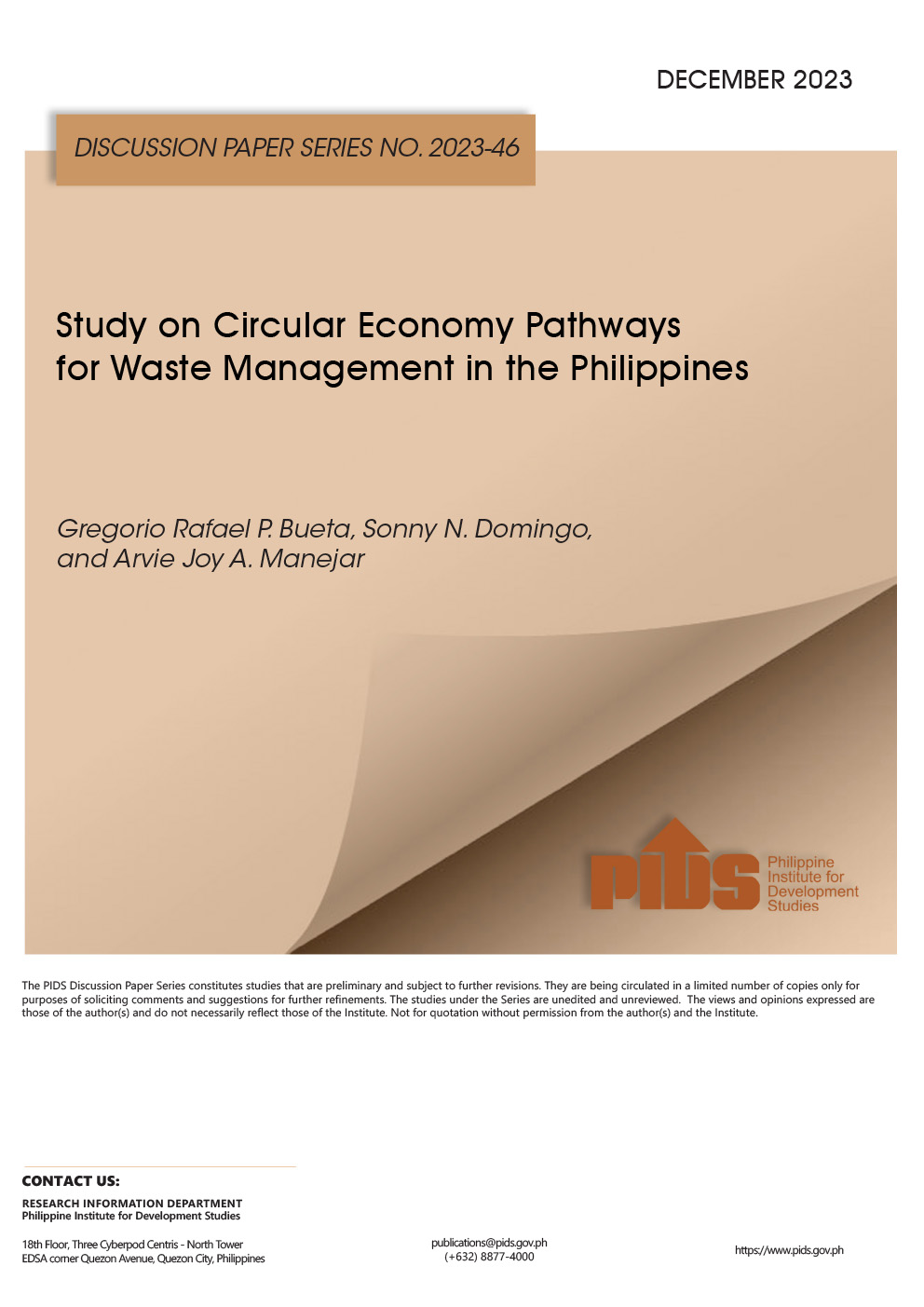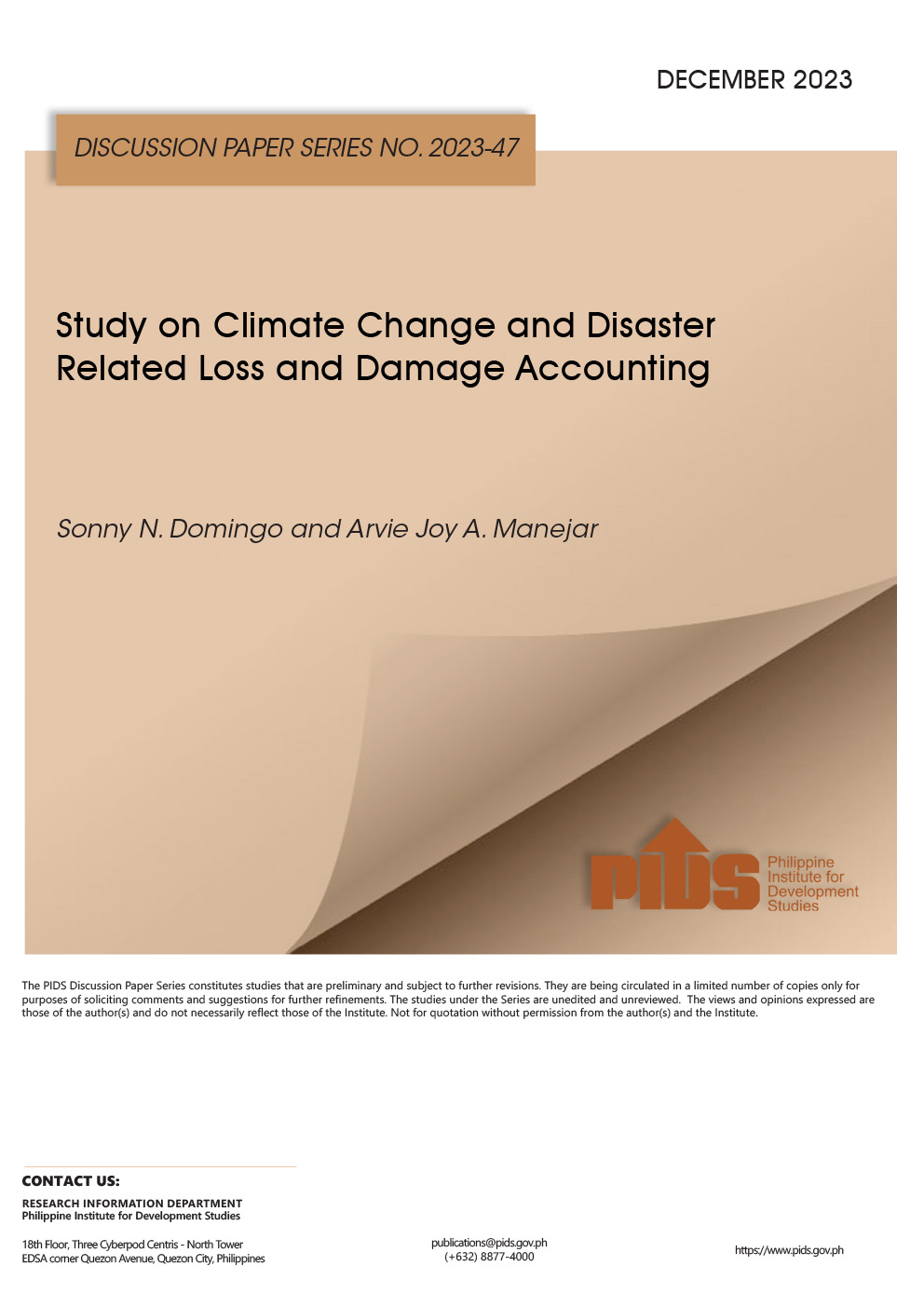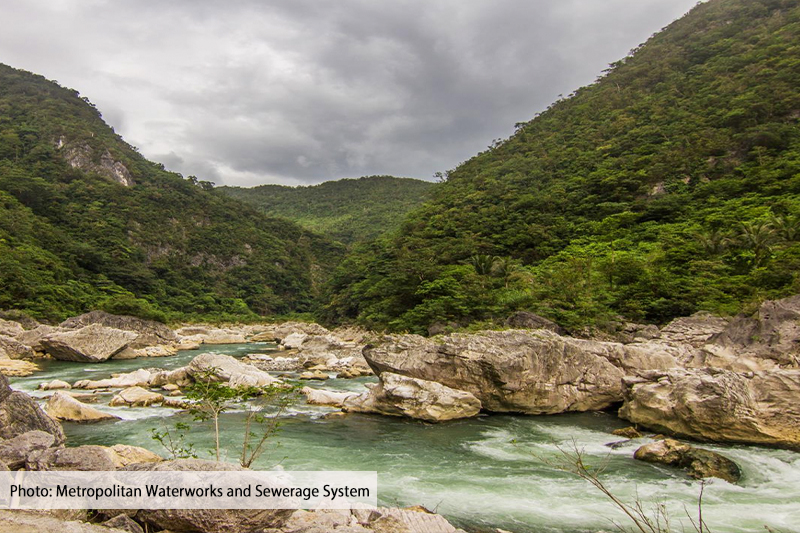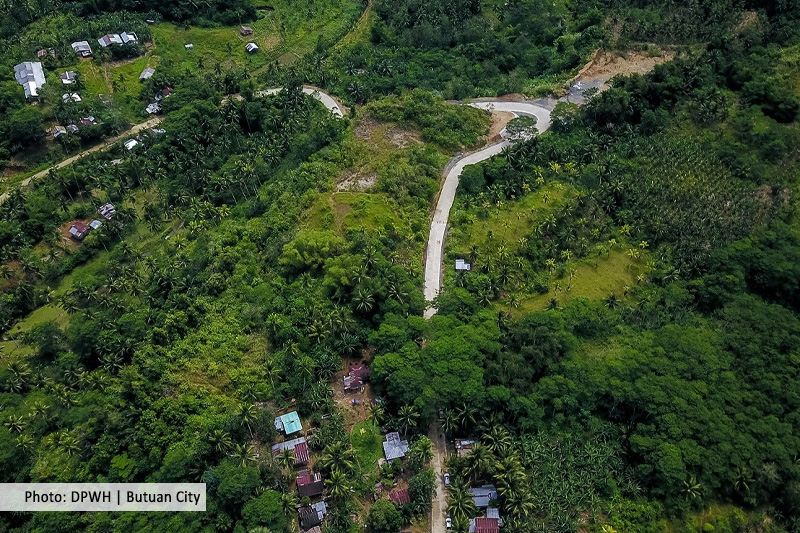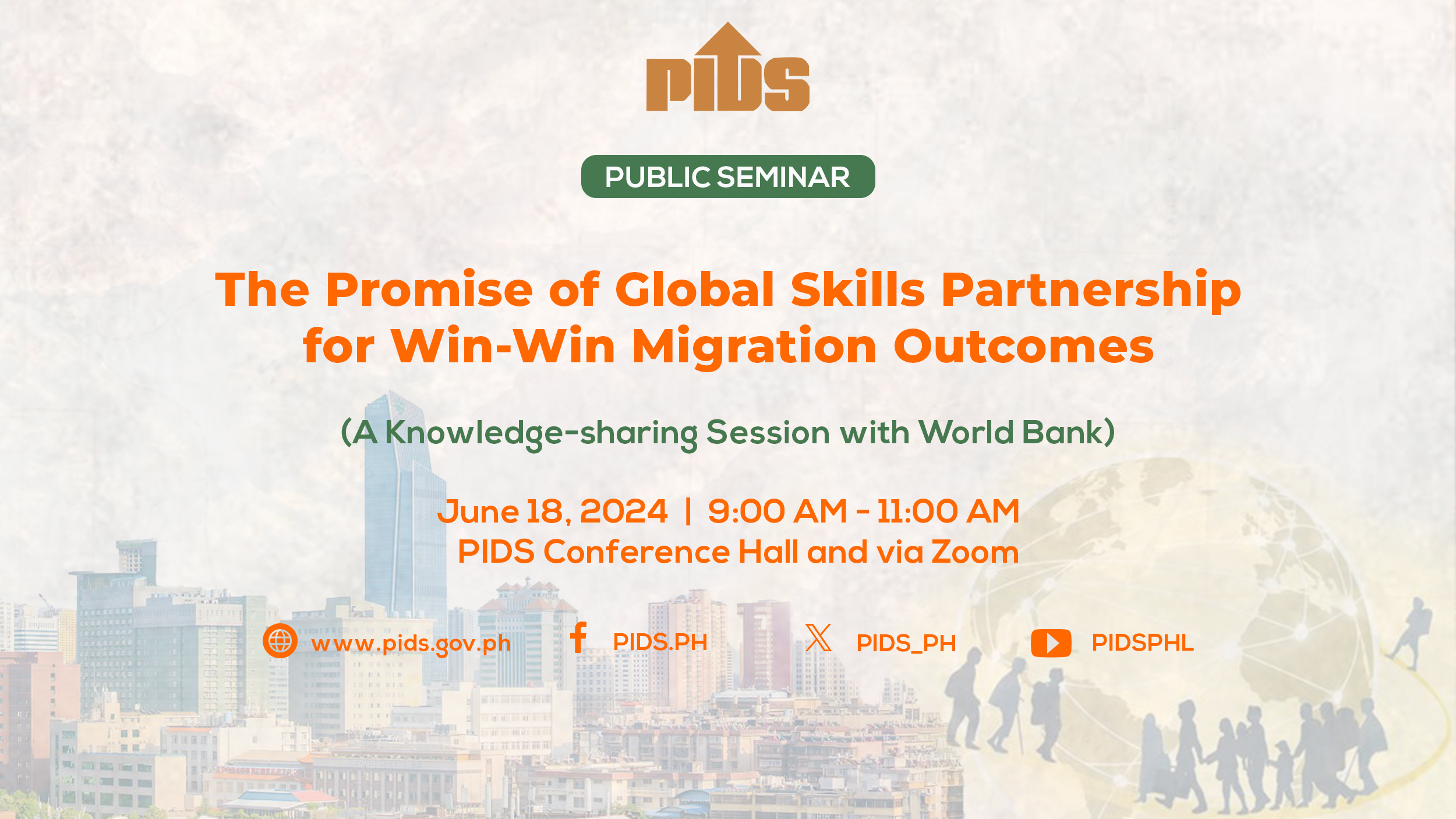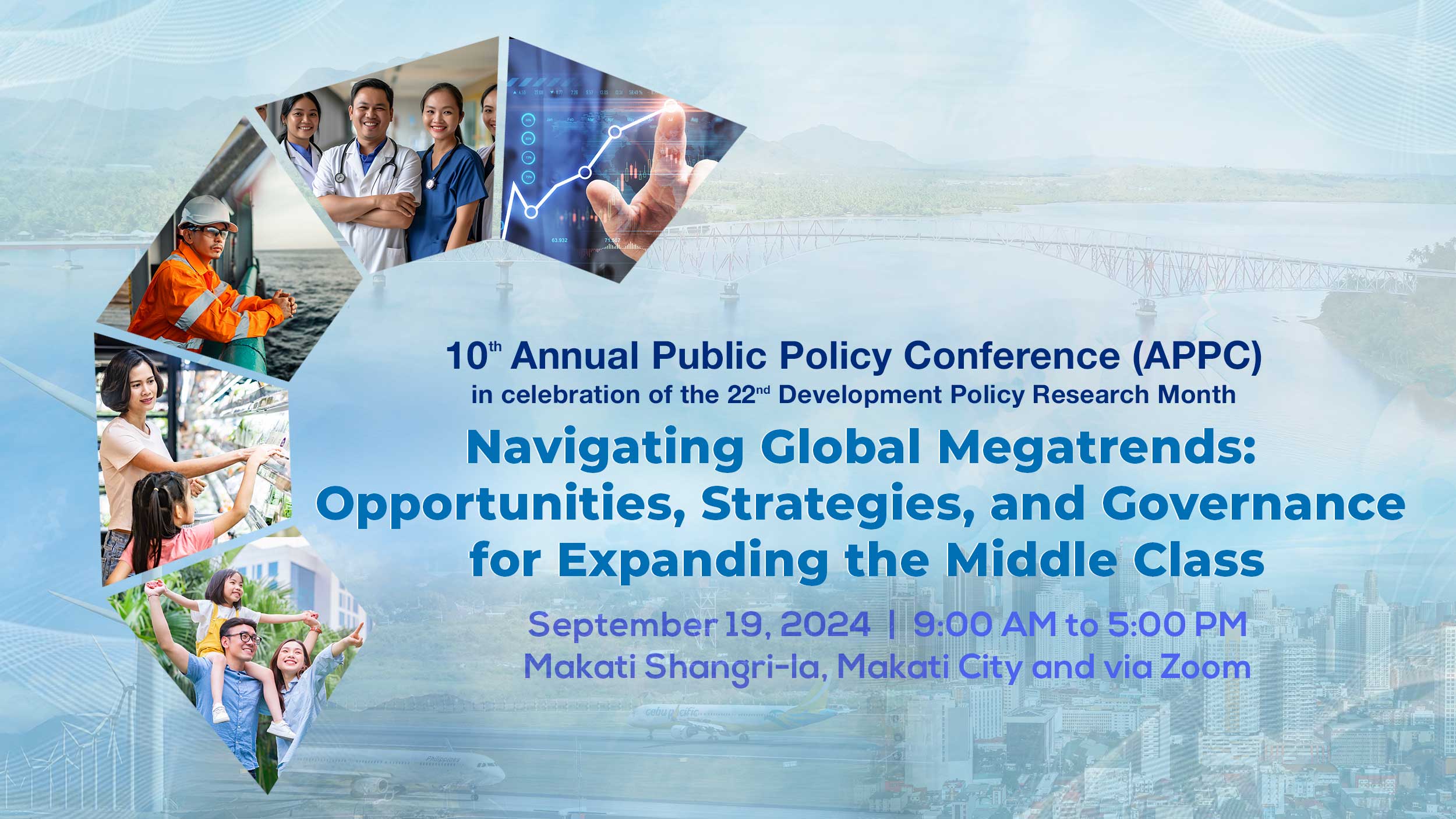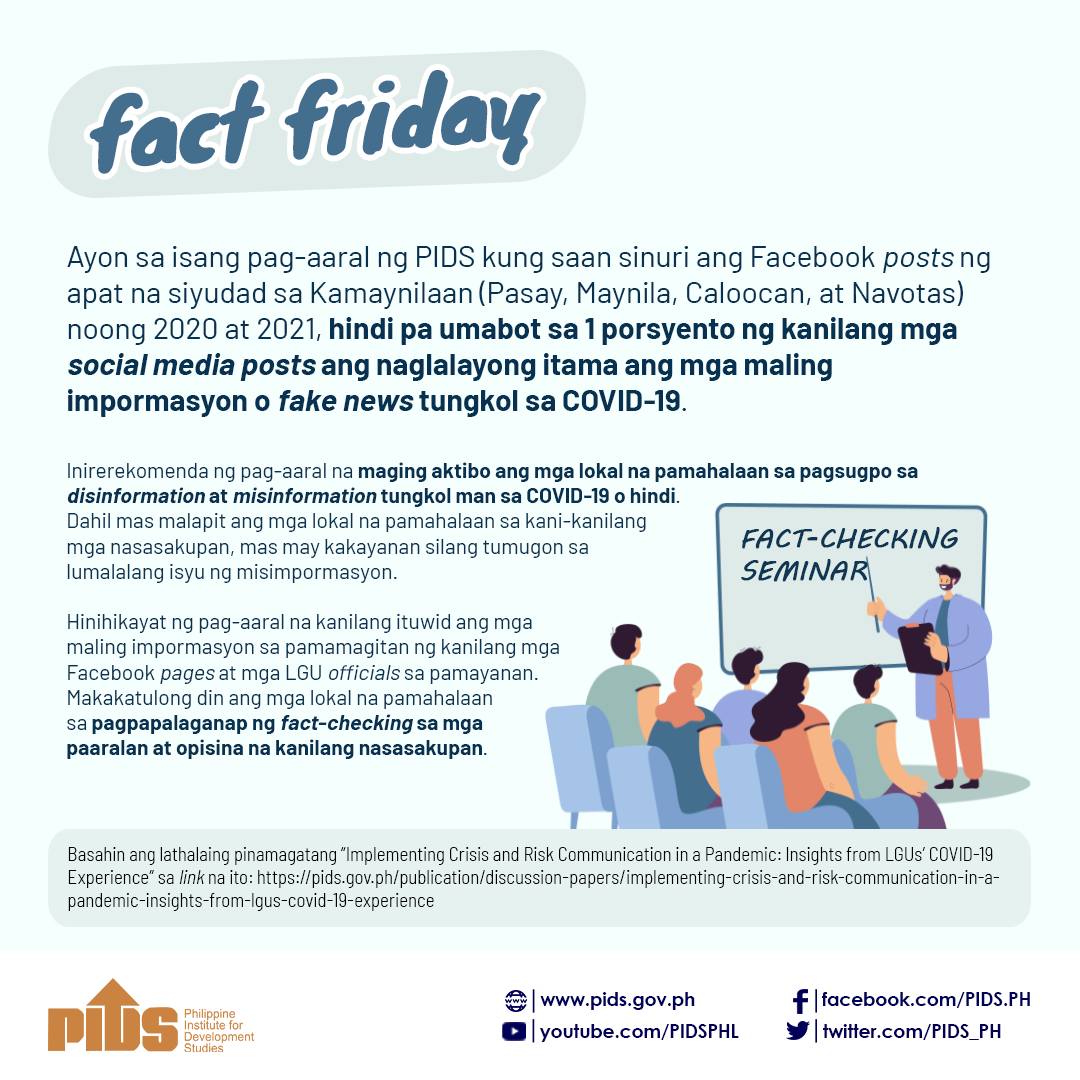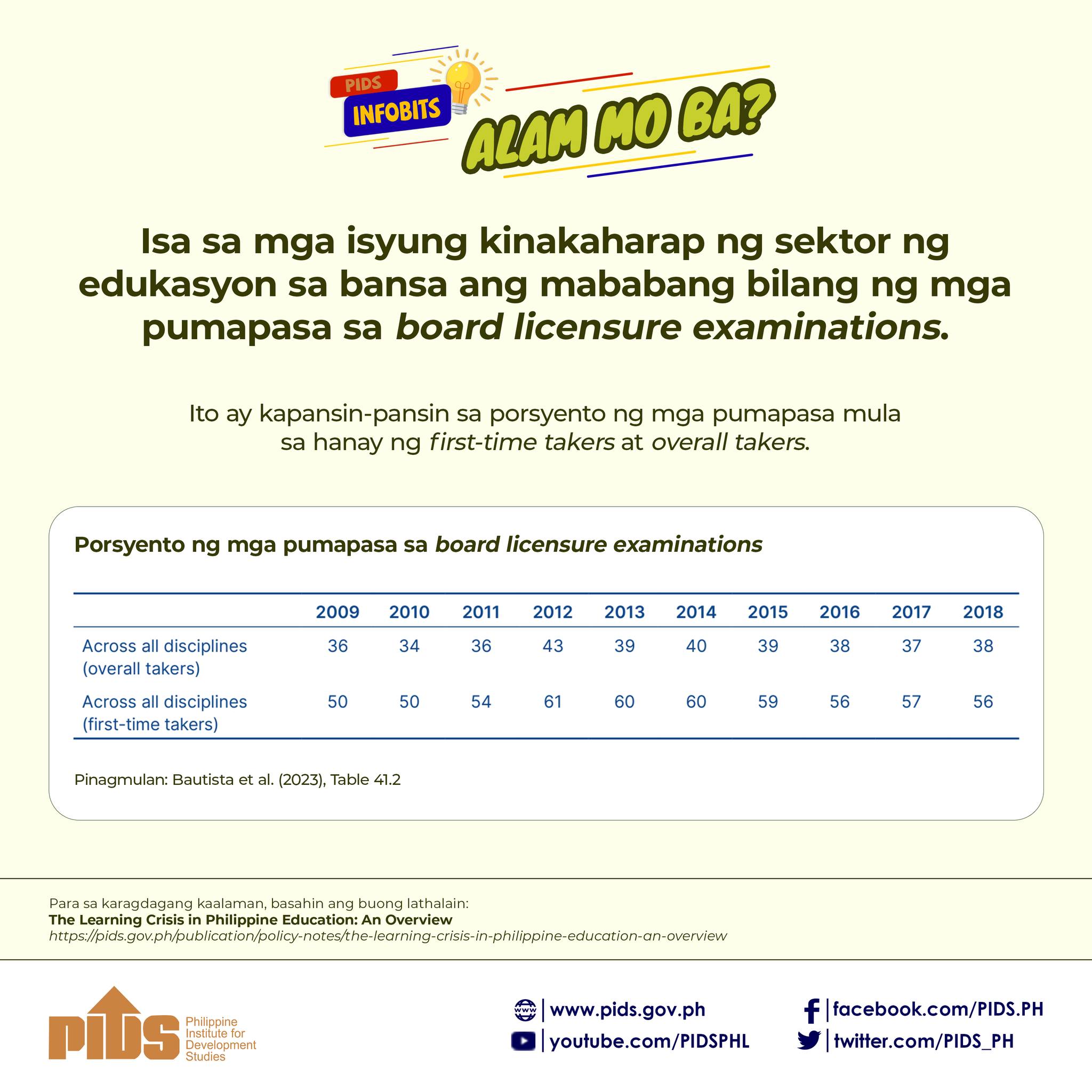Ayoko ng plastic! I refuse products wrapped in plastic and I will always try to reduce waste as much as I can. Difficult? Maybe initially, but not impossible, as many have so realized.
Solving the worsening plastic crisis is challenging for a country like the Philippines where single-use plastic in every product and packaging has become the norm. But I repeat, it is not impossible.
In my youth, I remember a life free from toxic single-use plastic. There was no need for plastic labo bags in the neighborhood talipapa because we had our trusty bayongs. Cooked food for family picnics were wrapped in fragrant banana leaves instead of cling wrap. And children would buy their favorite drinks in refillable glass bottles, not throwaway plastic containers, and readily return them to the store, and get the deposit for their baon.
Today, almost everything is sold in single-use plastic, which eventually ends up harming our ocean, the planet, and our health. Experts have long sounded the alarm on the risks posed by plastic. And while many of us consumers are now conscious of these dangers, the road to a sustainable lifestyle free from plastic is simply not an easy one to take when more businesses use single-use plastic than plastic-free alternatives.
Article II Section 16 of the 1986 Constitution provides that the State shall protect and advance the right of the people to a balanced and healthful ecology in accord with the rhythm and harmony of nature. This was interpreted by the Supreme Court as not just a right but also as a duty not to destroy the environment, in the world-acclaimed ‘Minors Oposa v. Factoran’ case.
So why is the burden of choosing better for the environment being placed on consumers instead of the business sector?
Instead of placing the hefty responsibility of choosing sustainable products and packaging on consumers, why not place the pressure on the manufacturers to come up with sustainably produced goods and services? Under RA 9003 and implementing regulations, it is the duty of the National Solid Waste Management Commission (Commission) to encourage commercial and industrial establishments through incentives other than tax incentives to manufacture environment friendly products, in addition to regularly coming up with the long-overdue list of non-environmentally acceptable products and packaging (NEAPP), the immediate effect of which is to ban the manufacture and production of the listed items.
The Bureau of Philippine Standards (BPS), an agency under the Department of Trade and Industry (DTI) that is tasked to develop, promulgate, and implement standards for all products including plastic products and packaging should raise concerns on the viability of toxic single-use plastic items such as plastic labo. Furthermore, businesses should take it upon themselves to be responsible and consider the dangers their plastic products and packaging cause on both environment and health.
Furthermore, it is important to emphasize that the Securities and Exchange Commission (SEC) requires all publicly-listed companies to submit an annual sustainability report to disclose sustainability performance and report contributions towards the Sustainable Development Goals (SDGs). Failure to attach the sustainability report means that a company has filed an incomplete annual report for the year. This is part of the government’s integration of the SDGs into the Philippine Development Plan (PDP) 2017-2022, as well as in the various sectoral development plans in the country.
One may wonder how the battle against plastic pollution can be won without placing pressure on businesses to speed up the development of plastic-free alternatives.
Adversity is the mother of invention, or so the adage goes. Without stricter policies and penalties aimed at banning toxic single-use plastic, manufacturers and retailers will not be obliged to develop sustainable alternatives that will bring the cost down for these solutions to throw-away plastics. They will continue to manufacture and promote the use of harmful plastic products and packaging, which causes irreversible damage on our planet and our health.
In the case of the municipality of Los Baňos in Laguna, one of the first municipalities to impose a strong policy to ban single-use plastic, the municipal council prohibited the use of plastic bags and styrofoam containers. The local government imposed steep fines for both business establishments and individuals found violating the ordinance. As early as 2008, businesses and individuals there were pushed to convert to plastic alternatives and in no time, brown paper bags and cloth shopping bags became the norm in the university town.
Today, Los Baňos is no longer alone in this effort. El Nido in Palawan, Davao City, Cagayan de Oro City, Bacolod City, Baguio City, and Boracay Island have also followed suit and banned certain single-use plastic items. Even the province of Cebu has joined in and recently approved the ordinance filed by 7th District Provincial Board Member Christopher Baricuatro directing hotels, resorts, and other similar establishments to start using refillable containers for their toiletries by April 2023.
However, local governments realize that doing away with single-use plastics require the Commission to enforce the NEAPP listing mandate. In fact, a total of 128 local government units (LGUs) have asked the National Solid Waste Management Commission (NSWMC) to issue the long overdue list of non-environmentally acceptable products and packaging which includes single-use plastic. Under RA 9003 or the Ecological Solid Waste Management Act, this list is supposed to be updated by the NSWMC every year to facilitate the reduction and phase out of hazardous single-use plastic products.
To add to the LGUs’ woes, the pandemic has caused a surge of medical waste on top of the solid waste many of them have struggled to manage in the past. Cebu City Councilor Alvin Dizon, filed a resolution asking the City Health Department for a status report on Cebu City’s disposal and treatment of medical waste. The city legislator moved for this resolution following the World Health Organization’s (WHO) report which revealed that 30% of healthcare facilities (60% in least developed countries) lack the capacity to handle the rise in COVID-19 medical waste.
If the national government continues to turn a blind eye to our deteriorating pollution woes, the Philippines will remain stuck on the list of top plastic polluters of the world’s oceans. As it is, our country already accounts for 36% of the mismanaged plastic waste that is causing pervasive marine pollution.
Here is the bottom line: Plastic does not degrade. It stays in our environment forever, some ending up entangled with marine animals and in the case of Manila Bay, choking what remains of its mangroves and marine habitats. And while many say that plastic eventually degrades, what they really mean is that these are broken down into miniscule fragments called microplastics which wreak further havoc in our air and bodies of water.
Sadly, such is the case with the Tañon Strait Protected Seascape, the country’s largest marine protected area and a major fishing ground for local fisherfolk. Studies conducted by the Philippine Institute for Development Studies (PIDS) and Coastal Resources and Ecotourism Research, Development and Extension Center (CRERDEC) have confirmed microplastic contamination which inevitably affects the nearby coastal communities and fisherfolk that depend on Tañon Strait as a resource. “Dumping, throwing, using, or causing to be dumped into or places in the protected area of any toxic chemical, noxious or poisonous substance or nonbiodegradable material” is prohibited under the Expanded National Integrated Protected Areas System Act, RA 11038 as it is for bodies of water under fisheries laws.
I recall Oceana’s senior advisor Alexandra Cousteau, granddaughter of renowned undersea explorer Jacques Cousteau, saying that it is very challenging to look for solutions once plastic has found its way to the ocean and I agree. The key really is to stop plastic from reaching the ocean where it can break apart into microplastic and contaminate our marine resources. We can only do this if we ban disposable or throw-away plastic from the source.
It is not too late to go back to a life free from single-use plastic, but consumers and LGUs alone cannot fight the plastic crisis. Now more than ever, we have to work together in this battle and for government to strictly enforce stronger policies and stricter penalties on solid waste management. And as consumers, it is our right to demand better prioritization of the health of the people and our home planet from both government and the private sector.

